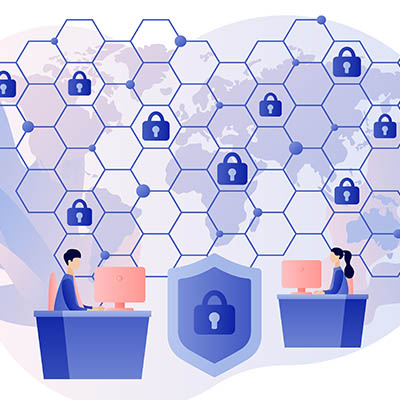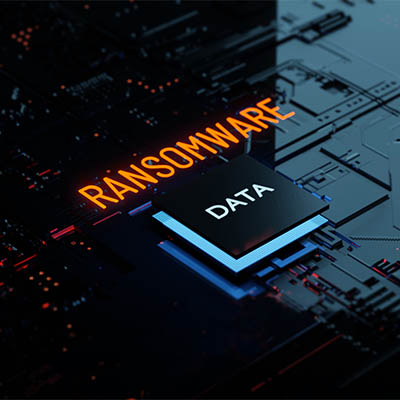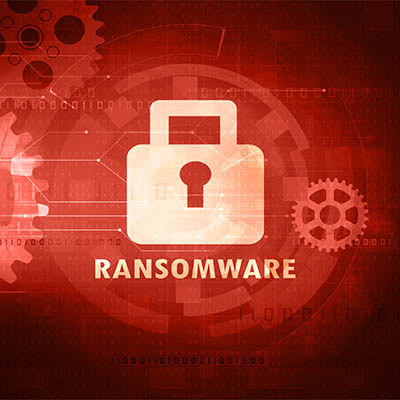Those born in the 80s (as well as some others) will likely recognize “Up-Up-Down-Down-Left-Right-Left-Right-B-A-Select-Start” as the Konami Code, a famous cheat code that first appeared in 1986. Since then, the Konami Code has spread, now being featured in software titles and websites. Let’s consider the origins of the Konami Code, and how it has been featured in the zeitgeist.
For many small businesses, the Point of Sale (POS) system is the main workstation. As a result, many of your business’ core processes run through it. If you aren’t taking advantage of some of the built-in features that most POS systems can provide, you may be leaving dollars on the table.
To be adept at a task is to say that the one doing the task is a professional, or someone with substantial knowledge that can be used to effectively complete the task. Cybersecurity is one such area where having a considerable amount of knowledge is of particular importance to help navigate the complex environment surrounding it. How can your organization achieve this level of mindfulness and expertise?
The Kaseya ransomware attack targeting VSA servers for approximately 1,500 organizations was another notable attack in a recent string of high-profile ransomware attacks, and while most organizations did what most security professionals recommend and did not pay the ransom, others did not listen. Now those who did pay the ransom are having trouble decrypting their data, and REvil is nowhere to be found to help them in this effort.
Ransomware is bad stuff, and it’s only gotten worse with its recent resurgence that aligned with the COVID-19 pandemic. Phishing attacks and other means by which ransomware is commonly spread have used the current atmosphere as a springboard. This makes it even more critical that these kinds of behaviors and attempts can be spotted and stopped.
Technology is often a source of struggle for small businesses, usually for one of two reasons. Either the strong IT leadership needed isn’t there, or there aren’t enough resources to support the level of IT management and maintenance that businesses need. Of course, there are other mistakes that can easily be made when it comes to a business’ technology management.
In a world of “as a service” business models, where services are distributed by month or by billing cycle, users are not necessarily buying things outright to replace them at a later date. The issue with this Software as a Service (SaaS) model is that too many of these solutions implemented all at once can create a messy web of software that needs to be managed. How can you make sure that you are getting the most out of your solutions without driving yourself up the wall?
The cloud is a popular choice for businesses that need access to tools to sustain operations, but there is an innate flaw that comes from hosting anything in an online environment: security. Do not pretend that security is not an issue for your cloud-based resources—failing to acknowledge the importance of security could be a fatal mistake for organizations that leverage cloud-based technology resources.
With more companies opting to get involved with the “as a service” market, it’s no surprise that Microsoft, one of the world’s leading software companies, went this route with the Microsoft 365 cloud-service offering. Microsoft has been aiming to take their strategy even further with Windows 365, a way for organizations to opt into virtual desktops. Here’s what you need to know about Windows 365.
Your business relies on technology for access to an IT infrastructure. One such piece of technology that you use on a daily basis, whether you realize it or not, is a server. A company that has a single server might be able to get away with less-than-stellar server management policies, but those that have multiple servers should never be skimping on the environment in which their servers live.
- 1
- 2










